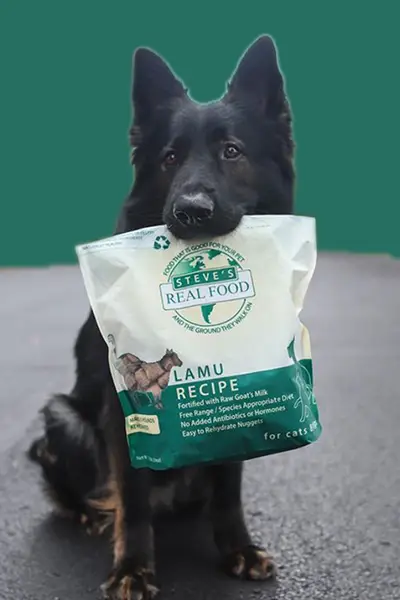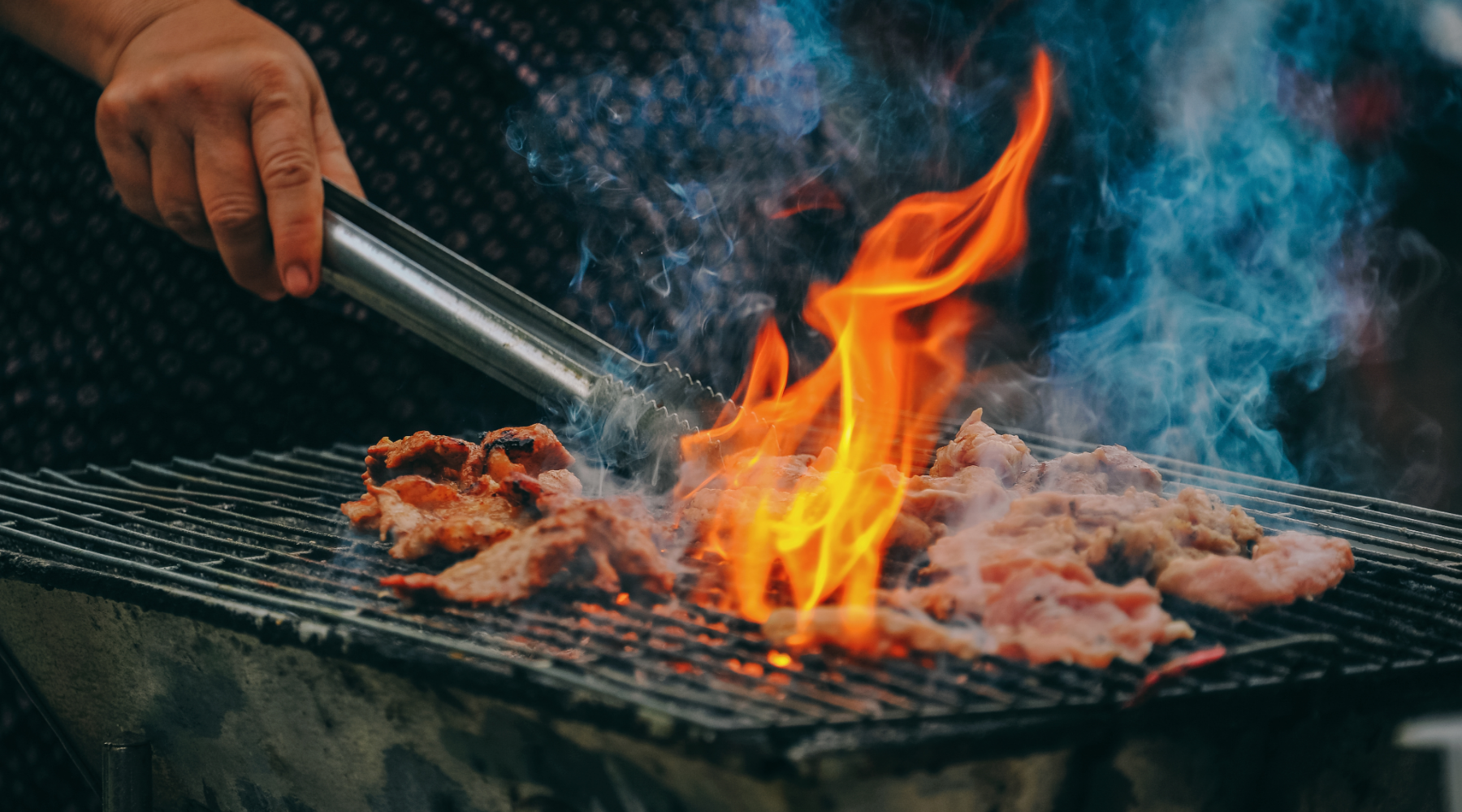When you stroll down the pet food aisle, you’ll see everything from raw and dehydrated diets to canned and kibble options. One big difference between all these choices? Cooking – or lack of it.
The way pet food is processed can influence everything from nutrient levels to flavor and digestibility. Learn what really happens when pet food is cooked, and why it matters for your pet.
Nutrient Loss Through Cooking
Cooking pet food, especially at high temperatures or for extended periods, can reduce the levels of certain heat-sensitive nutrients.
- Vitamin C – Naturally occurring in fresh fruits and vegetables, but quickly degraded by heat.
- B vitamins – Especially thiamine (B1), which is essential for nerve and muscle function.
- Omega-3 fatty acids – These delicate fats can oxidize or break down under high heat, reducing their benefits for skin, coat, and heart health.
Proteins can also be affected as cooking denatures proteins (changing their structure). While not always a bad thing, excessive cooking can lead to the loss of some amino acids, which are the building blocks pets need for muscle, immune function, and tissue repair.
Processing and Commercial Pet Foods
Commercially cooked pet foods, such as kibble and canned products, often undergo high-heat processing to ensure shelf stability and safety. However, these methods can cause significant nutrient loss.
To compensate, manufacturers add back synthetic vitamins and minerals after cooking. If you look at your pet food label, you may notice a laundry list of vitamins and lengthy words you can’t pronounce. While adding synthetic nutrients ensures minimum nutritional requirements are met, it’s not the same as consuming nutrients from fresh, whole food sources.
Raw Diets: Food in Its Natural Form
Raw diets, like Steve’s Real Food, skip cooking entirely to preserve natural enzymes and heat-sensitive nutrients. All our recipes are formulated entirely with 100% whole food ingredients that offer bioavailable nutrients and NO synthetic vitamins, additives, or fillers.
 Beef
Beef Chicken
Chicken Whitefish
Whitefish Pork
Pork Lamb
Lamb Turkey
Turkey Turducken
Turducken All Protein
All Protein Beef
Beef Chicken
Chicken White Fish
White Fish Pork
Pork Lamb
Lamb Turkey
Turkey Duck
Duck All Products
All Products Frozen Raw Pet Food
Frozen Raw Pet Food
 Freeze Dried Raw Pet Food
Freeze Dried Raw Pet Food
 Frozen Prey Diet
Frozen Prey Diet
 Freeze Dried Protein Bites
Freeze Dried Protein Bites
 Frozen Quest
Frozen Quest
 Freeze Dried Quest
Freeze Dried Quest
 Eggs over Easy
Eggs over Easy
 Steve's Merch
Steve's Merch 
















